Our pets play a big part in our daily lives. These loyal companions complete our families, and just like human members of the household, pets come with a lot of stuff! Leashes, pet food, dishes, toys, treats, vitamins, and grooming supplies are all necessities for pet owners. To prevent these items from cluttering your home, employ a few clever storage ideas for pet food and toys to help you find a spot for everything your dog or cat needs. Try these practical (and stylish) solutions for organizing pet supplies in a convenient, unobtrusive way.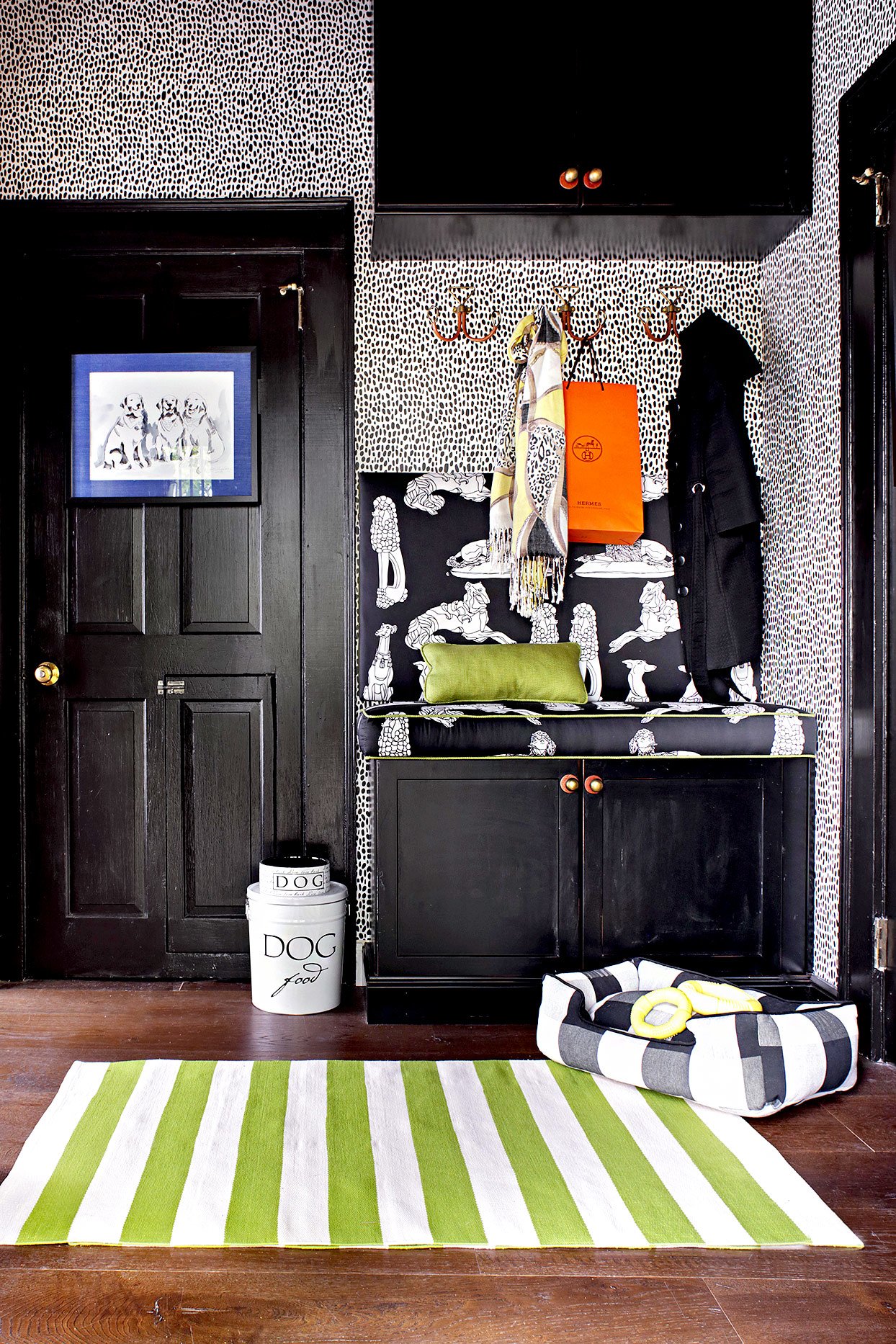
1. Pet Storage Station
Designate a specific area of your home for pet storage so all your supplies are located in one easily accessible spot. Set aside a bank of cabinetry in the entryway, mudroom, kitchen, or laundry room for storing pet food, dishes, grooming essentials, and other supplies. If you don't have cabinets to spare, consider dedicating a shelf in the hall closet or pantry for your pet, or add a stand-alone storage unit in an empty corner. Outfit the area with hooks, baskets, and bins for extra organization, and keep their toys and bed nearby so your pet knows it's their spot.

2. Pull-Out Dog Food Storage
Large dogs typically require a lot of food and finding a convenient way to store dog food can be tricky. To make feeding time easier, outfit a pull-out cabinet with a bin of ready-to-scoop kibble. Position the bin near your pet's dishes so you can scoop directly into the bowl. If your dog knows how to nose-open cabinets, consider adding a childproofing latch inside the door.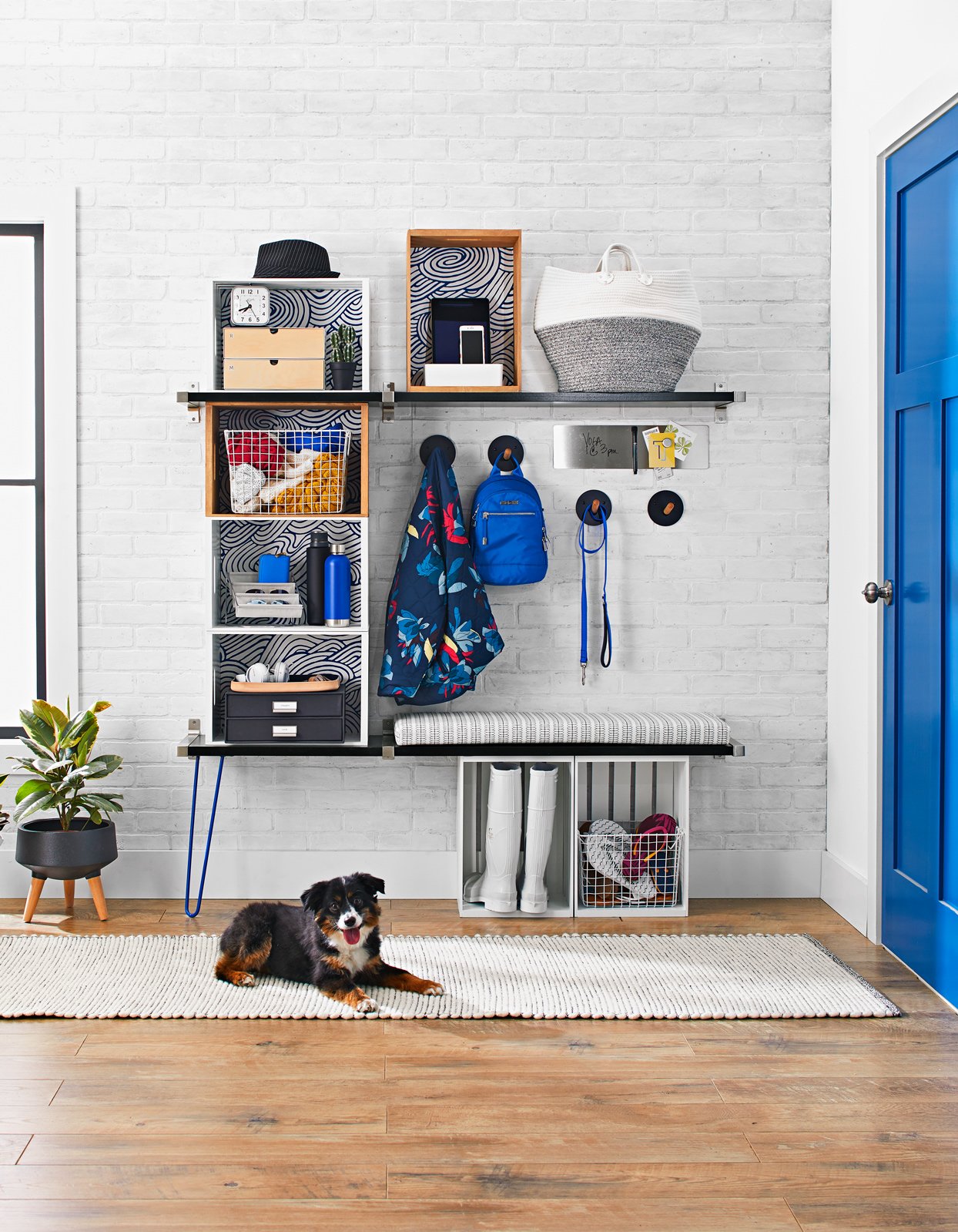
3. Dog Walking Station
Create a dog walking station near an entrance so you can leash up quickly and head outside. Store harnesses and leashes on hooks next to the door, and use a tote or basket to hold doggy sacks, treats, and walking gear. This helps conceal daily pet essentials while keeping everything in a convenient location. Stash other dog grooming supplies inside additional bins and caddies nearby.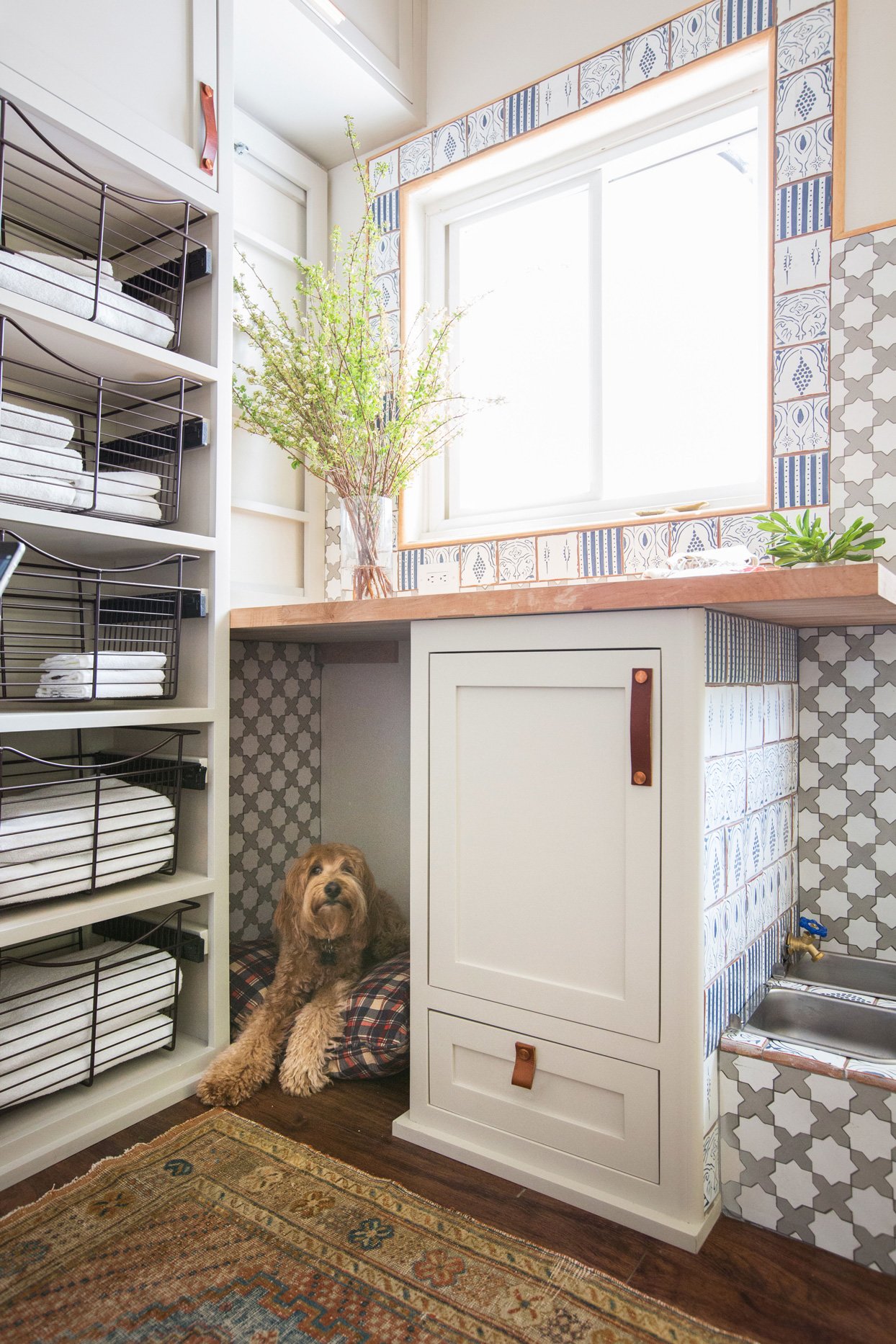
4. Built-In Dog Bed
All family members want privacy from time to time, and you can provide your pet that same luxury with a space of their own. Tuck a pet bed under shelves or in small nooks to keep it out of heavy traffic zones and offer pets someplace quiet and secure to rest. Choose an area where your pet typically likes to hang out, such as in the laundry room or near the kitchen, and include a few favorite toys in this spot, too.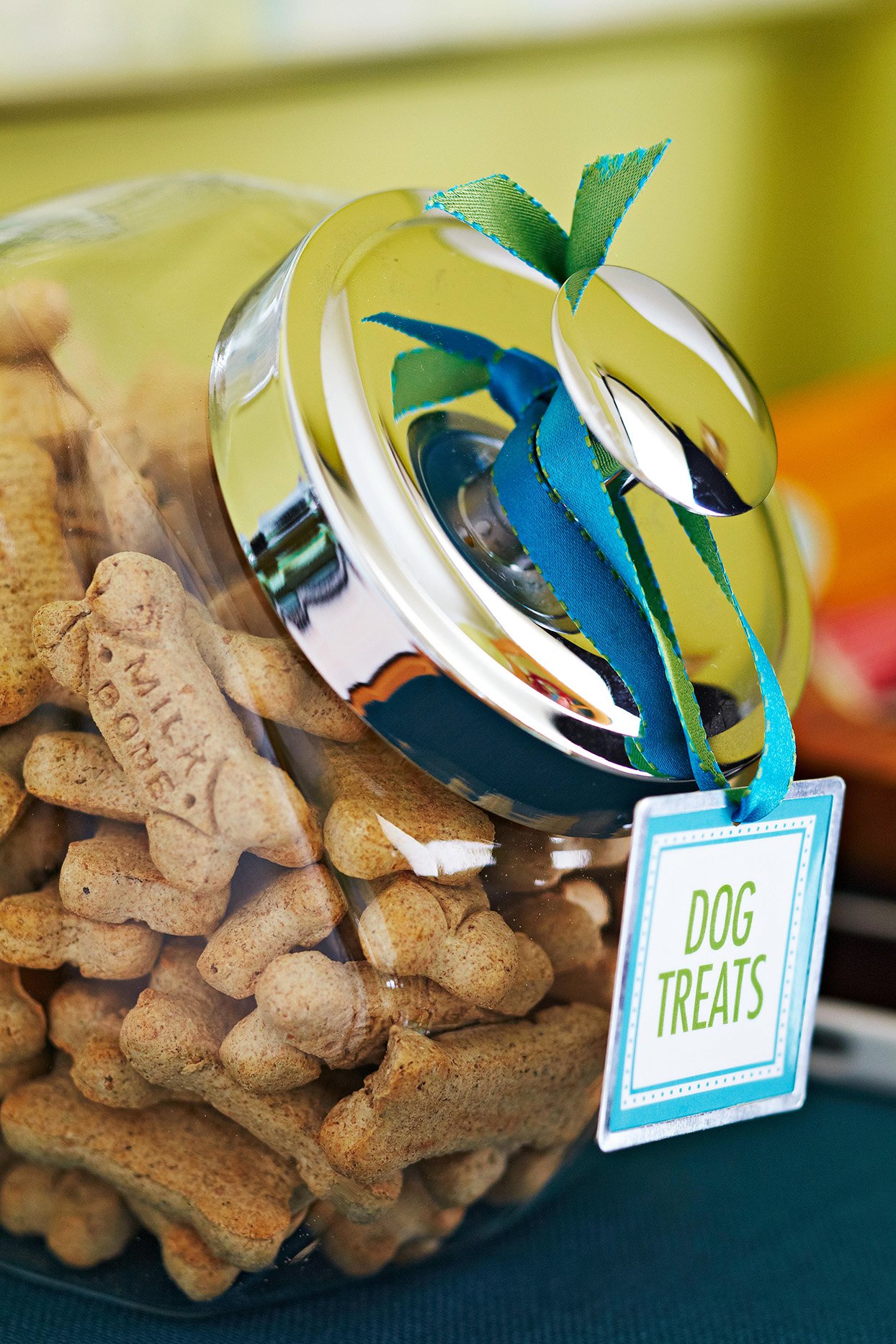
5. Cat Treat and Dog Treat Storage
Add decorative labels to everyday glass jars to specify dog treats and pet food storage. By swapping the original packaging for a set of airtight containers, you can streamline storage, keep treats fresh, and make it easier to grab what you need. Plus, you'll never again accidentally mistake your dog's treats for cookies when hunting for a midnight snack.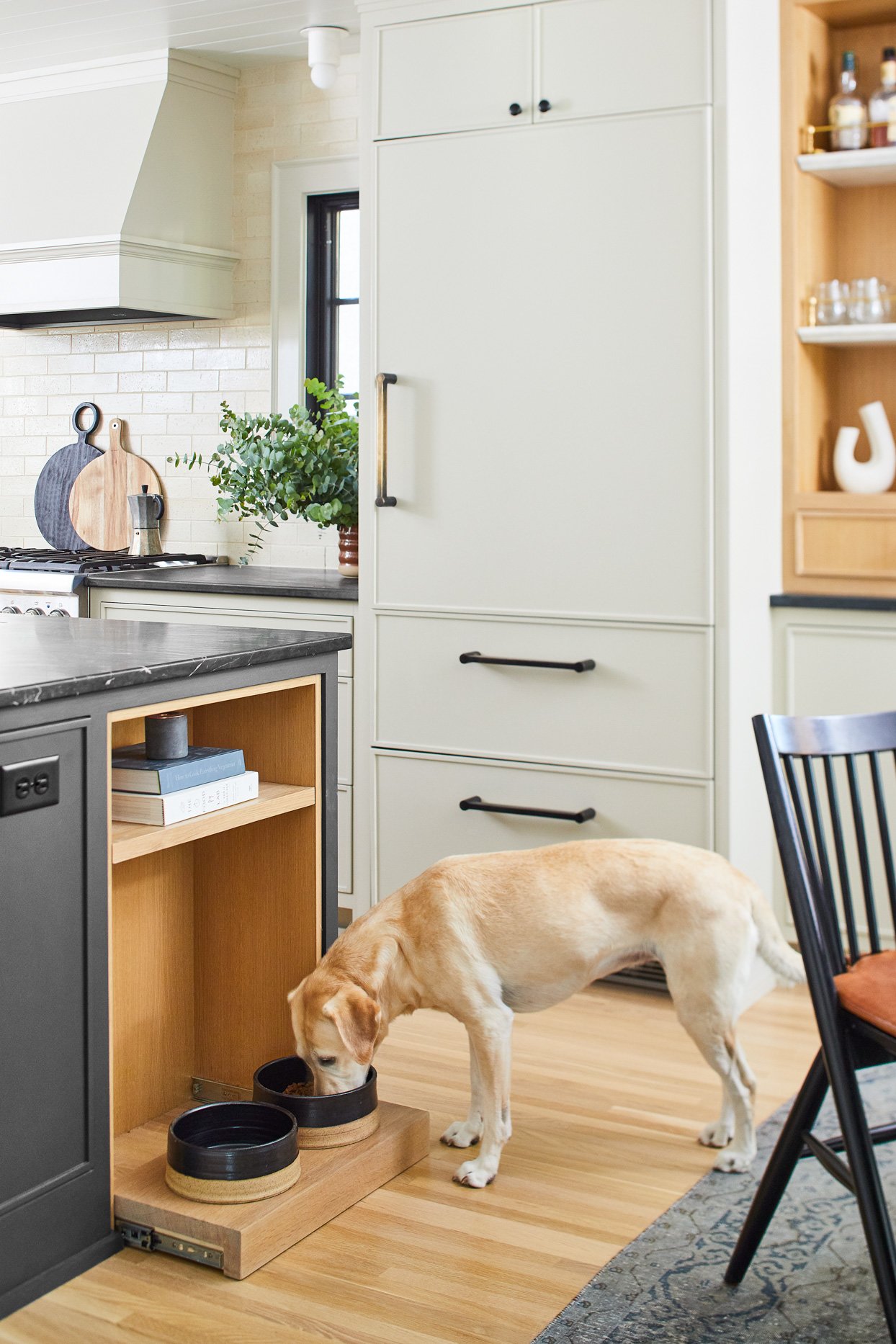
6. Pet Feeding Station
Add a small mat or tray under dog dishes and bowls to prevent water and food from spilling and spreading all over the kitchen floor. Even better, consider a built-in feeding station for pets embedded into a bottom cabinet or drawer. Just open the door or slide out the drawer when it's feeding time, then push out of sight.
7. Pet Toy Storage
Keep an open bin or basket near floor level to promote daily play and keep toys within your pet's reach. This also helps reinforce which toys are for your pets and which are for other members of the family. For even more dog toy storage, small plastic containers within the basket can separate balls from chew toys and make the main basket easier to clean.
8. Pet Grooming Caddy
Corral pet grooming supplies into one convenient place. Fill a shower caddy or tote with basic needs, such as shampoos, brushes, nail clippers, ear solution, and dental care items. When everything is in one spot, it's easy to transport your pet's needs from room-to-room or take it with you on vacation.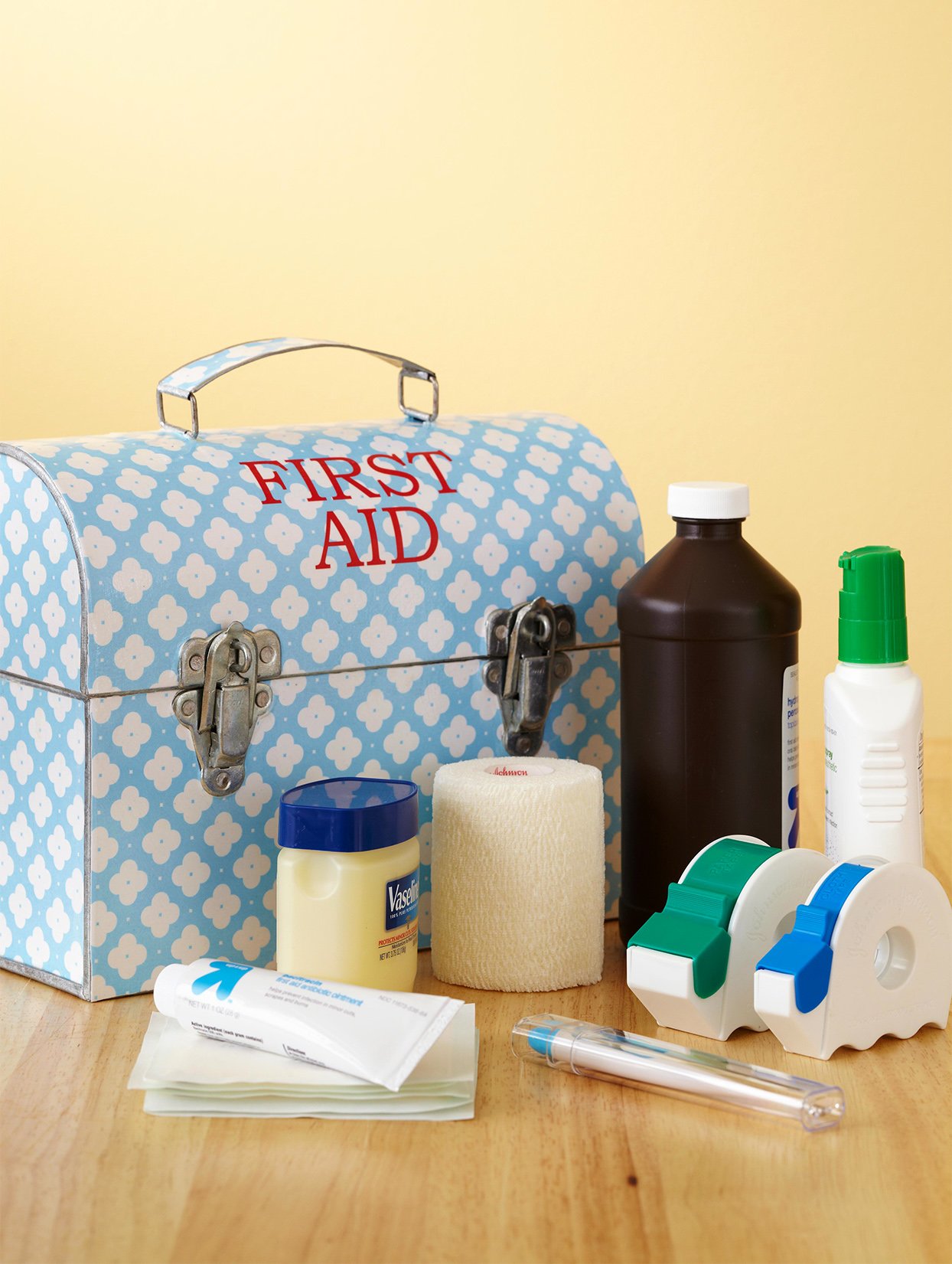
9. Animal First Aid Kit Storage
Unfortunately, our pets can get hurt from time to time and may need specialized first aid solutions. Be prepared with a pet-friendly first aid kit containing cotton pads, gauze, bandages, cotton swabs, scissors, tweezers, flea and tick treatments, worming treatments, antiseptic, and sanitizer. Make sure to label the pet-specific kit so it can be differentiated from a standard first aid kit.
10. Store Important Pet Paperwork
Organize important pet paperwork and vet records within a handy three-ring binder or folder. Use it to keep track of items such as appointment dates, medications, veterinarian information, and pet sitter notes. Store the records with the rest of your family's documents and paperwork.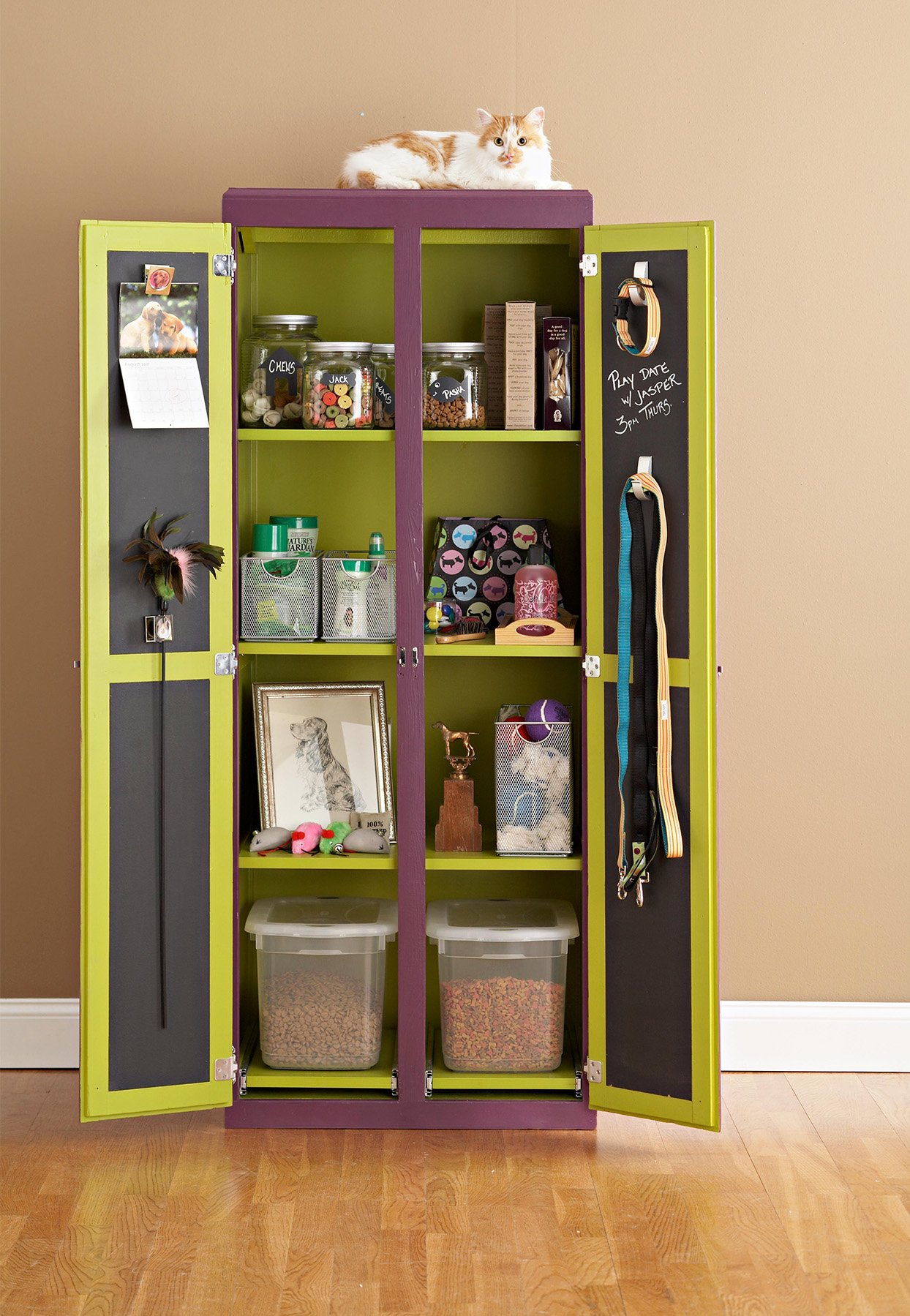
11. All-in-One Pet Storage Area
Create an all-in-one cabinet for all things pet related. Store pet food inside bins, use hooks for walking supplies, and stash toys and grooming supplies inside baskets. Customize the storage area with a variety of organizers to fit all your pet's needs so you can tuck everything away neatly behind closed doors.



![A Tranquil Jungle House That Incorporates Japanese Ethos [Video]](https://asean2.ainewslabs.com/images/22/08/b-2ennetkmmnn_t.jpg)









